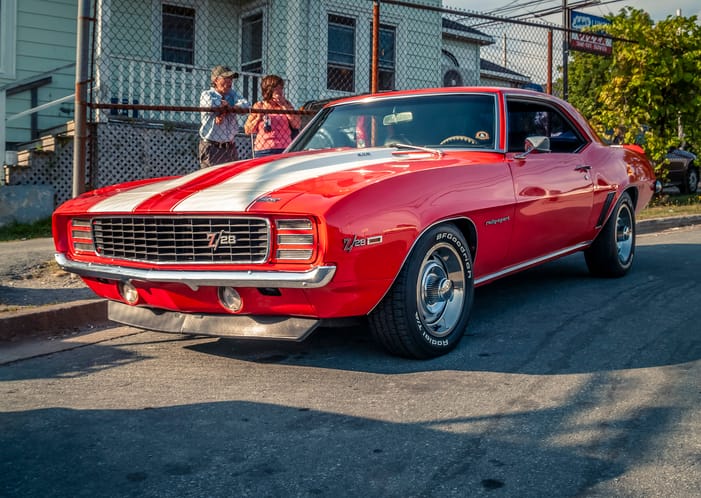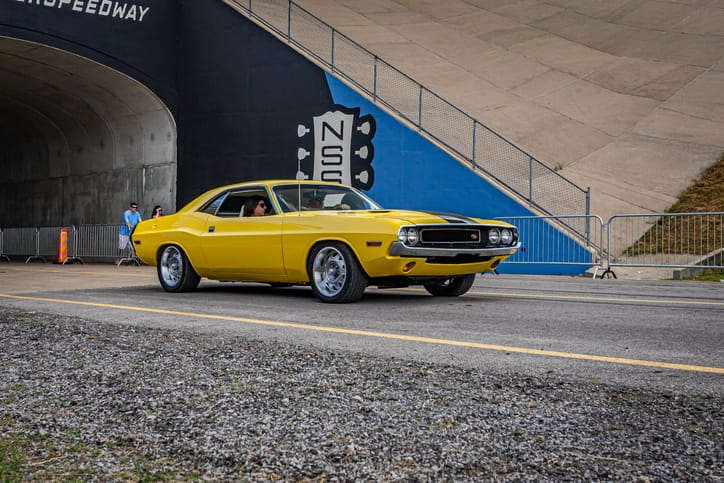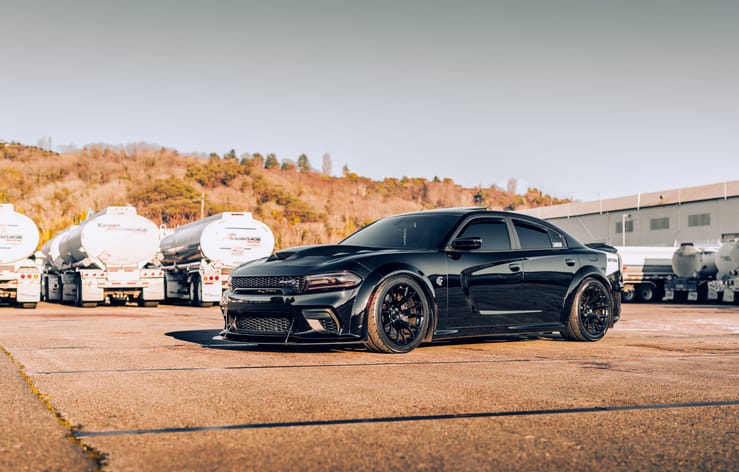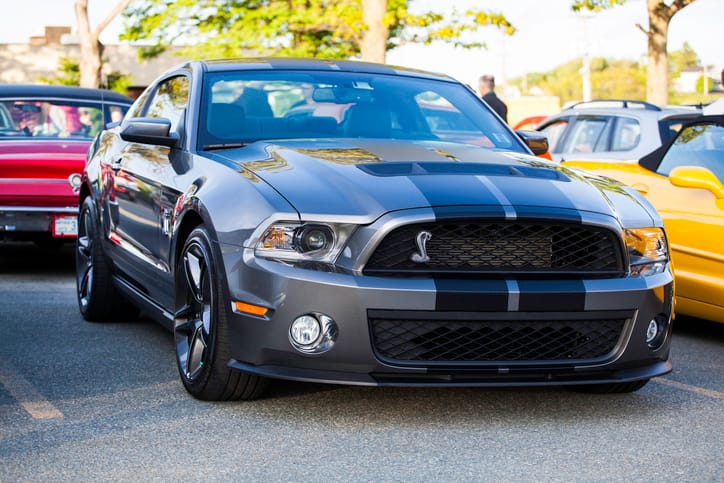Classic American Muscle vs. Modern Muscle Cars: A Tale of Two Titans

The American muscle car: a roaring legend that continues to capture hearts. But how do these icons of yesteryear stack up against their modern counterparts? Let's delve into the fascinating duel between classic and modern muscle cars, comparing their raw power and the technological advancements that have transformed the driving experience.
Power: Brute Force vs. Controlled Fury
Classic muscle cars, typically from the 1960s and 70s, were renowned for their monstrous V8 engines. Cars like the 1969 Chevrolet Camaro Z/28 with its 375 horsepower (hp) L78 350 cu in (5.7L) V8, or the 1970 Dodge Challenger R/T with its monstrous 426 Hemi putting out 425 hp, were feats of engineering focused on sheer power. These engines delivered thrilling acceleration, but often lacked refinement. They were gas guzzlers, with fuel efficiency rarely a concern.
Modern muscle cars, while still packing a punch, prioritize a more balanced approach. Engines like the 650 hp supercharged 6.2L HEMI V8 in the 2023 Dodge Challenger Hellcat Redeye offer mind-blowing power, but with the help of advanced technology like fuel injection and electronic engine management. This translates to impressive acceleration figures while achieving significantly better fuel economy.
Examples:
Classic Muscle:
- 1969 Chevrolet Camaro Z/28: 375 hp, 5.7L V8

- 1970 Dodge Challenger R/T: 425 hp, 7.0L Hemi V8

Modern Muscle:
- 2023 Dodge Challenger Hellcat Redeye: 650 hp, 6.2L Supercharged HEMI V8

- 2024 Ford Mustang Shelby GT500: 760 hp, 5.2L Supercharged V8

Here, technology plays a crucial role. Modern engines utilize features like variable valve timing and direct injection, optimizing power delivery and fuel efficiency. Additionally, advancements in materials science allow for lighter, more powerful engines without sacrificing durability.
Technology: From Bare Bones to Brain Boxes
Classic muscle cars were all about the thrill of driving, with a focus on simplicity. Gauges displayed basic information like speed and fuel level, and driver aids were practically nonexistent. Steering was loose, brakes were spongy, and traction control was a foreign concept. This raw, unadulterated driving experience resonated with enthusiasts who craved a connection to the machine.
Modern muscle cars, while still exciting to drive, offer a plethora of technological advancements that enhance safety, performance, and comfort. Features like launch control, electronic stability control, and advanced traction management systems allow drivers to push the limits more confidently.
Infotainment systems with touchscreens and connectivity options keep you entertained and informed. Adaptive suspension allows for a comfortable ride on the highway and a sharper handling experience on a twisty track. These features, once exclusive to luxury cars, are now commonplace in modern muscle.
Examples:
- Classic Muscle: No driver aids, basic instrumentation
- Modern Muscle:
- Launch control
- Electronic stability control
- Traction control systems
- Advanced infotainment systems with touchscreen and connectivity
- Adaptive suspension
However, this technology comes at a cost. Complex systems require specialized tools and knowledge for repairs, making them less DIY-friendly compared to classic muscle cars.
The Allure of Classics: A Timeless Appeal
Classic muscle cars hold a special place in automotive history. Their iconic designs – the aggressive lines of the Ford Mustang, the sleek curves of the Chevrolet Corvette – are timeless. They represent a bygone era of uninhibited power and a simpler approach to driving. Owning and maintaining a classic muscle car can be a rewarding experience, fostering a connection to automotive history and the satisfaction of keeping a piece of the past alive.
Modern Muscle: Power and Refinement for the 21st Century
Modern muscle cars offer a compelling package. They deliver phenomenal power figures while maintaining impressive levels of fuel efficiency and safety. Technology enhances the driving experience, making them more capable and comfortable companions for everyday use. Modern muscle cars are a testament to how far automotive engineering has come, offering a thrilling blend of power, refinement, and technological innovation.
The Choice: A Matter of Preference
Ultimately, the choice between a classic and modern muscle car comes down to personal preference. Do you crave the raw power and timeless design of a classic, or are you drawn to the refined performance and technological advancements of a modern muscle car?
There's no right or wrong answer. Classic muscle offers a connection to automotive history and a visceral driving experience.
